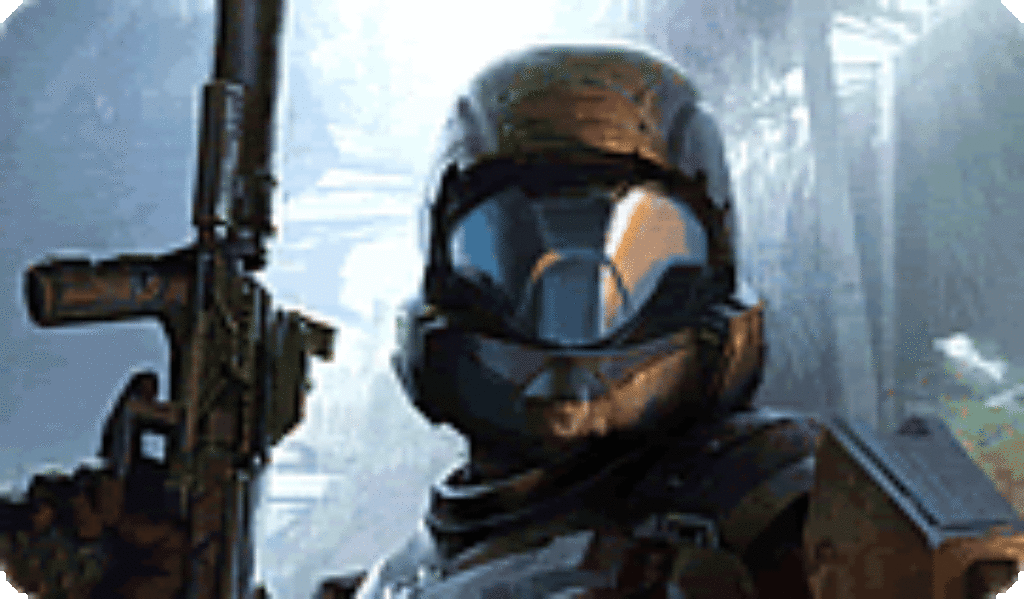
Gamers are pulling down their blocky visors and once again keeping a steely eye peeled for Covenant forces. Which can mean only one thing: Halo is back.
Well, sort of.
The newest release from the gamemakers at Bungie and Microsoft is really less a full-blown Halo sequel than a stand-alone side story that uses the same architecture as the 2007 blockbuster, Halo 3. But you won’t hear your local video game store owner complaining. Within the first week or so of its release, Halo 3: ODST generated sales figures that resided somewhere north of $125 million. And fans’ desire to hand over hard-earned cash for one more round of space-based baddie-blasting doesn’t appear to be fading anytime soon.
Much of the draw has to do with this version’s first-person shooter mechanics and gameplay—both of which feel right in line with past Halo releases. And those games have kept many a trigger finger twitching since 2001.
Before we go there, let’s talk about some of the differences. First of all, the new game’s story doesn’t pick up where No. 3 left off. This tale plays out in the year 2552. Which makes ODST what you might call a midquel. Action centers around a point when that collection of evil marauding aliens called the Covenant first attacked the Earth city of New Mombosa.
Master Chief, MIA
One of the biggest shifts this go-round is the fact that instead of playing as the stalwart and cybernetically enhanced super-soldier, Master Chief, gamers take on the role of a different strong, silent type named the Rookie. This raw recruit is a member of the tough-as-nails, black-armored commando unit known as Orbital Drop Shock Troopers. (There’s your titular acronym.) They’ve consistently been on the outskirts of the Chief’s past adventures but now take center stage.
And as much as a missing Master Chief may irk the average Halo devotee, the Rookie’s unfolding tale actually turns out to be a creative advantage. During a pod landing into Mombosa, things don’t go as planned and our new hero is sent spinning off course, getting KO’d in the process. By the time he comes to, some six hours later, the squad has already moved on and left him for dead. So it’s up to him to make his solitary way through a nearly pitch-black city while fighting pockets of heavily armed foes. The resulting sense of isolation delivers a uniquely lonely, open-world feel that sets this title apart.
That doesn’t mean the rest of the troopers are forgotten, though. As the Rookie soldiers on, he reaches battle areas that his teammates have recently passed through and, in a flashback story update, gamers duke it out in those spots while wearing the boots and armor of one of the other squad members. It’s a very involving and creative way to unpack the facts while delivering several unique perspectives on the piecemealed-together storyline.
Halo Hereditary
Even factoring in the new approaches and creative story twists, there’s no denying that ODST is a true Halo shooter. Like past games in the series, players take aim with a variety of weapons and drive heavy vehicles with enormous whirling blades or large-caliber machine guns in an attempt to riddle, slash, zap or detonate alien grunts, brutes and chieftains as quickly and as often as possible.
In fact, the lion’s share of strategy in this game is dedicated to figuring out which silenced machine gun, long-range plasma rifle, demolishing RPG or bladed melee weapon will work best to take down opponents in any given combat situation.
For those who want to strain M-rated gnats, I will say that the game is nowhere near as rude, crude and gruesome as many of today’s “mature” blasters. You don’t shoot humans, only alien monsters. And the blood spray is florescent blue instead of crimson red. The lexicon of profanities (including “h‑‑‑,” “d‑‑n,” “a‑‑” and “b‑‑tard”) is sparse by M standards. Sexuality is nonexistent other than a randomly crude comment or two. And the game’s only spirituality is delivered by a smart-alecky veteran who misquotes scripture for a joke.
When players get into the heat of battle, though, things are still plenty fierce and visceral. Particularly in the new Firefight mode. The design there is as straightforward as it gets: Up to four players work as a team in a wide-open battle field as wave after wave of ever-more-deadly attackers rush over the horizon or drop from the sky. The goal is simple: Kill ’em all! Virtual soldiers must find whatever scrap of cover they can while hacking away at the screaming hordes—racking up points for each kill and string of kills—until their shared pool of lives are finally snuffed out.
So once again Halo gamers are tasked with heroically saving the world by destroying as much Covenant DNA with as many bullets and bombs as possible. It’s the same formula, really. With the same plusses. And the same negatives.

After spending more than two decades touring, directing, writing and producing for Christian theater and radio (most recently for Adventures in Odyssey, which he still contributes to), Bob joined the Plugged In staff to help us focus more heavily on video games. He is also one of our primary movie reviewers.